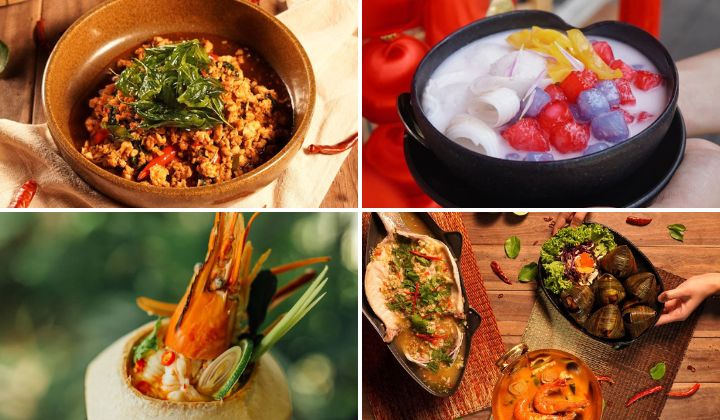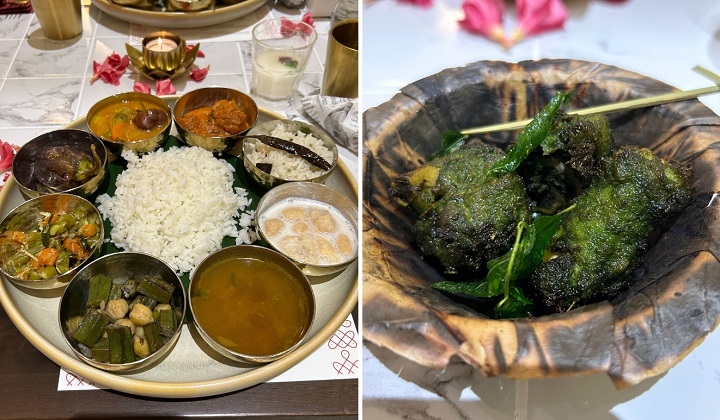We Love Our Spicy Food But How Did Chillies Become A Big Part Of Malaysian Cuisine?
Malaysians love the spice from chillies but our tongues would never be introduced to such hot flavours if it weren’t for the Portuguese in the 16th century.
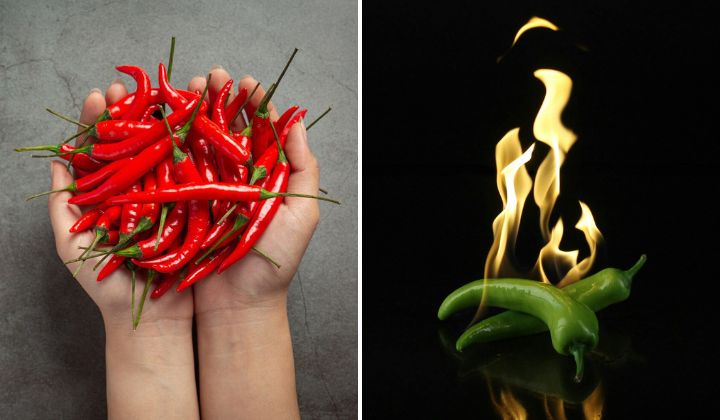
Subscribe to our FREE Newsletter, or Telegram and WhatsApp channels for the latest stories and updates.
Malaysians love their spicy food and those who love the pain love regaling tales of how they sweated while eating a super spicy dish. The love or addiction to spice is also evident with the number of viral spicy meals and mala hotpots that have popped up in Malaysia.
The main contributor to our spicy life is the availability of chillies. Despite our love for this red-hot vegetable, the chilli plant is actually not native to Malaysia and is originally from the Americas. WHAT?! No, our culture! Pendatang!
Here’s how the chilli made its way from the Americas to the Moluccas (aka Spice Islands, made up of an Indonesian archipelago) in the 16th century. It also covers the journey of how Malaysians of all races fell in love with chillies and spicy food.
The hot history
The Spice Trade, which transported exotic spices like cinnamon, cassia, and nutmeg from the Moluccas to Europe, had existed for more than a millennium when it was disrupted by the fall of Constantinople.
Another contributing factor was the Ottoman Empire banning Christian traders from key trading stops along the route under their dominion.
Due to this, the Europeans had to find a new route to the Moluccas. Portuguese adventurer, Batholomeu Dias (or Bartholomew Diaz), rounded The Cape of Good Hope in 1488, and discovered the new sea route to India.
In 1509, King Manuel 1 of Portugal sent Admiral Diogo Lopes de Sequeira to Malacca as his representative east of India and was initially well received by Sultan Mahmud Shah. Malacca had been the centre of commerce for the spice trade.
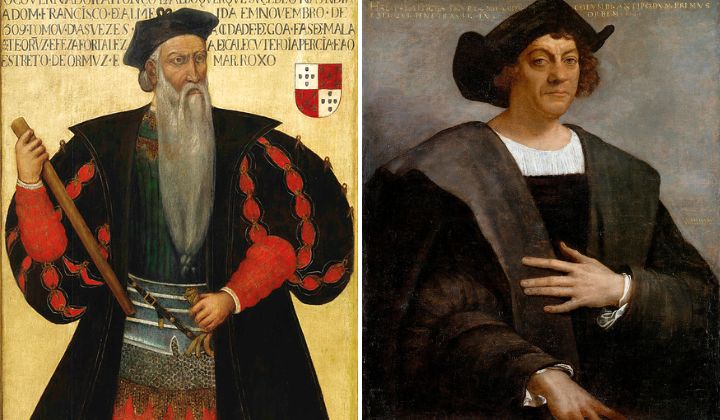
By 1510, the Portuguese under Afonso de Albuquerque set their first colony in Goa, India.
However, trouble broke out in Malacca and ended with an invasion led by Afonso de Albuquerque. The last Malay sultanate was overthrown in 1511.
Now, where’s the chilli? In 1492, Genoan-born Christopher Columbus, who spearheaded the Spanish effort to discover a new route, founded the Americas.
This brought potential new food sources such as chilli, corn, potato, tomato, and a whole lot of new crops to Europe.
Collectively known as New World food crops, these foods soon made their way to Portuguese Goa and subsequently Malacca. Little did everyone know, it would drastically change the world’s dietary patterns and culinary cultures.
How has it changed our local palate and culinary culture?
The arrival of the chillis meant new tools were needed to grind them into paste. The Mexican molcajete (mortar and pestle) became the batu lesong in Malacca. It was used to pound the chillies into a paste or puree, depending on which dish was to be cooked.
Meanwhile, the Mexican metate became batu giling. It’s a flat granite slab with a cylindrical rolling pin. The chillies would be ground against the rough granite slab with the rolling pin.
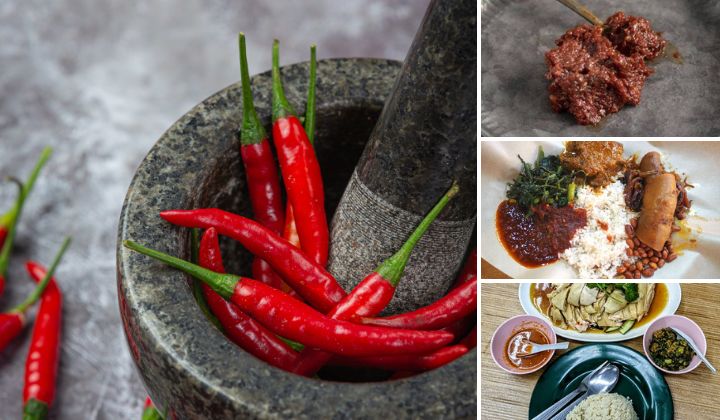
The new food and tools resulted in a way to make a tasty sauce or condiment known as the sambal. As we all know, Malaysia has a variety of sambals such as sambal belacan and sambal tumis.
Meanwhile, the Hainanese in the country made the spicy chilli-vinegar dip to accompany their famous Hainanese Chicken Rice, a dish derived from the Wenchang Chicken Rice back in Hainan, China.
Why do we love the spice?
The spiciness of the chillies apparently makes food taste even better. Inside chillies, there’s an active component called capsaicin and tasting it makes the brain release happy chemicals called endorphins.
However, did you know that spiciness isn’t a taste but a pain sensation? Yeah, it turns out we love pain.
According to Popular Science, capsaicin in chillies is an irritant. Our bodies detect spice using a completely different system than the one we use to detect taste.
Our trigeminal nerve, part of the nervous system that sends touch, pain, and temperature feelings from our face to the brain, interprets how we react to spice. In other words, spice isn’t a taste but more of a reaction.
The capsaicin in chillies irritates our tongues and the brain sends a signal to numb the tongue temporarily as a protective mechanism. This “numbness” is the sensation we get while eating spicy food.
Share your thoughts with us via TRP’s Facebook, Twitter, Instagram, or Threads.

